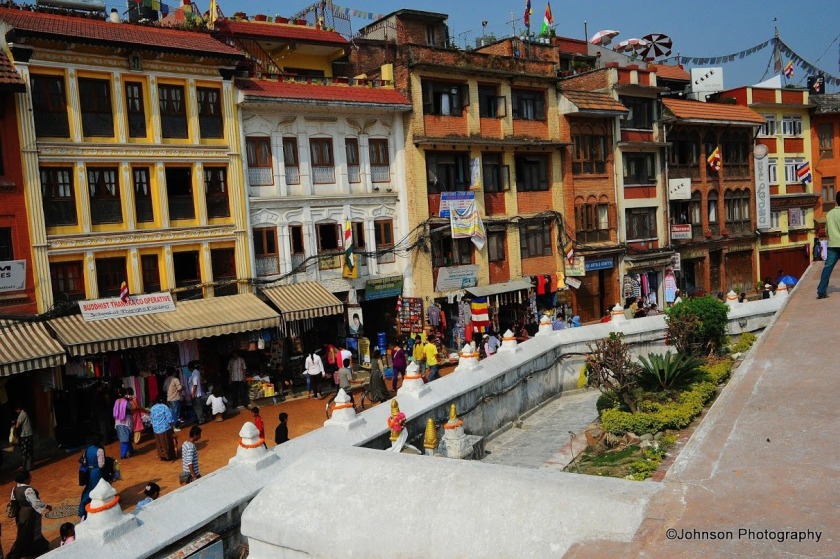Boudhanath is one of the most popular tourist attractions of Kathmandu, the capital of Nepal. This stupa is located about 11 km from the center of Kathmandu. The stupa is one of the largest in the world. It is known as ‘Khasti’ in Nepalese Language. The Stupa is on the ancient trade route from Tibet which enters the Kathmandu Valley by the village of Sankhu. The influx of large population of refugees from Tibet has seen the construction of over 50 Tibetan Monasteries around Boudhanth. As of 1979, boudhanath is a UNESCO World Heritage Site.
The Gopalarajavamsavali says Boudhanath was founded by the Nepalese Licchavi king Sivadeva (590-604 AD), though other Nepalese chronicles date it to the reign of King Manadeva (465-505 AD). However Tibetan emperor, Trisong Detsan (755-797 AD) is also traditionally associated with the construction of the Boudhanath Stupa.
Myths of the Holy Stupa
Once in ancient Nepal, there lived a very grumpy, rude and irreligious man who was detested by everyone and never once did anything pious in his life. He owned a shop in the complex but no one really came to his shop because he used to speak ill of everyone who came there. When he died he fell straight to hell and when he was about to get sentenced for his sins, the Buddha appeared and nullified his sentence. When the demons asked the holy one why he did this the Buddha said “Yes, this man has done many sins in his life, but once he circled the Boudhanath while chasing a dog and had gained a little merit thus the Buddha shall grant him one chance to atone”. After this incident it is believed that even if a person who has committed great sins circles around the stupa even once shall be granted one chance to atone for his sins.
Boudhanath stupa is said to entomb the remains of Kassapa Buddha. According Theravada Buddhist tradition, Kassapa is the twenty-seventh of the twenty-nine named Buddhas, the sixth of the Seven Buddhas of Antiquity and the third of the five Buddhas of the present Kalpa.
The earthquake of April,2015 has badly damaged the Boudhanath Stupa, severely cracking the spire.





















